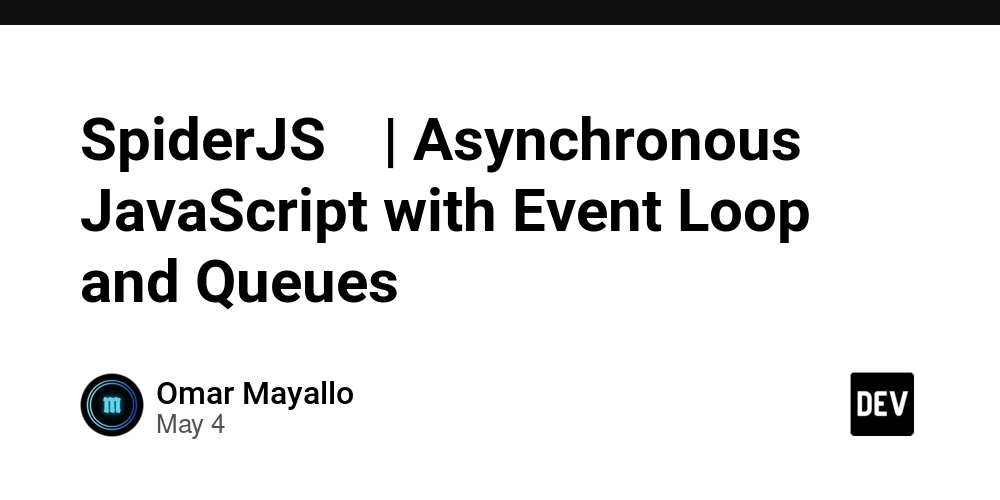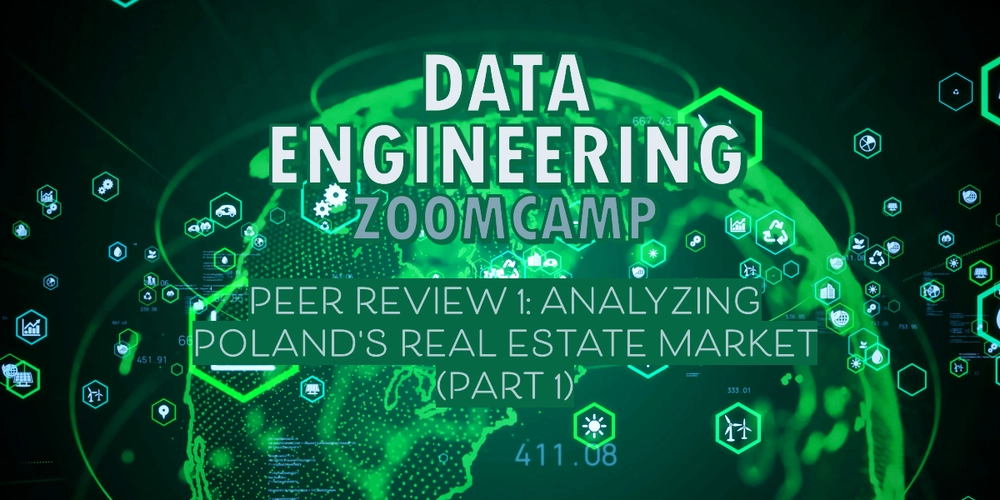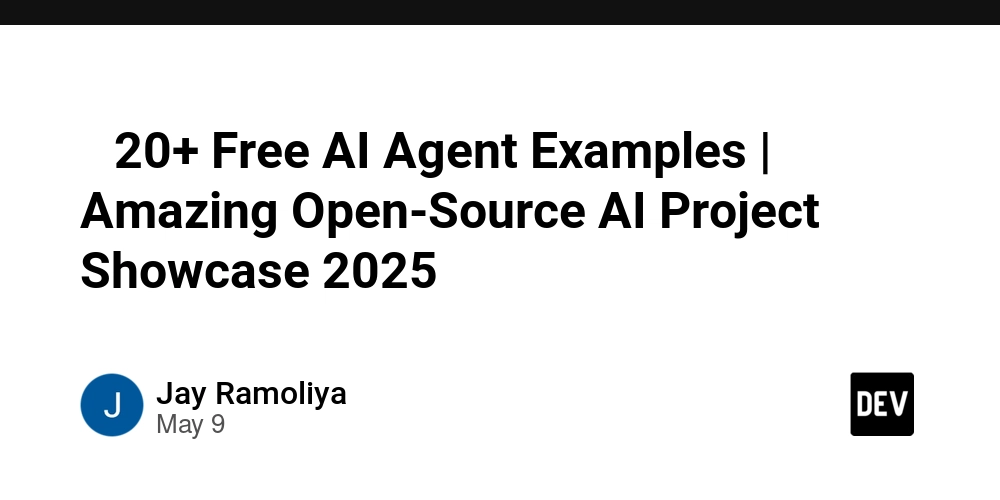SAP, Blockchain, and Open Source Licensing: A Convergence for Innovation and Compliance
Abstract This post explores the emerging synergy between SAP’s enterprise software solutions, blockchain technology, and open source licensing compliance. By examining technical innovations, use cases, and challenges, we highlight how SAP’s integration of blockchain platforms—such as SAP Leonardo and SAP Cloud Platform Blockchain—creates new efficiencies and robust security measures. We also discuss strategies for ensuring open source compliance and future industry trends that will drive interoperability, cost efficiency, and transparency. Hyperlinks to authoritative resources, tables, and bullet lists aid both human readers and search engines in navigating this dynamic topic. Introduction In today’s evolving digital landscape, enterprises must balance innovation and regulatory compliance. SAP—a global leader in ERP software—is at the forefront as it integrates blockchain technology and open source licensing into its core solutions. This convergence fuels operational flexibility, enhances security, and promotes innovation. In this post, we delve deep into SAP’s strategic initiatives that leverage blockchain platforms and open source compliance, explore real-world use cases, and examine future trends. By combining technical insights with best practices, we offer technical experts, developers, and industry leaders a comprehensive look at how these paradigms work together. Background and Context The Evolution of Blockchain and Open Source in Enterprise Initially designed to support cryptocurrencies, blockchain technology has matured into a versatile tool across industries, thanks to its properties such as decentralization, transparency, immutability, and security. SAP recognized early the potential of blockchain to transform core business processes, especially when coupled with their enterprise resource planning (ERP) solutions. Collaborations with open source initiatives such as Hyperledger have enabled SAP to integrate advanced blockchain features into solutions like SAP Leonardo and the SAP Cloud Platform Blockchain. The Role of Open Source Licensing Open source software (OSS) drives innovation by enabling developers worldwide to collaborate, adapt, and enhance software tools. However, with flexibility comes the need for rigorous compliance protocols. Enterprises must manage various licensing models—from permissive licenses to more stringent copyleft agreements—to mitigate legal risks. SAP’s approach to open source licensing compliance includes automated license verification tools and dedicated Open Source Program Offices (OSPOs) that educate development teams on compliance practices. Defining Key Concepts Blockchain: A decentralized digital ledger that securely records transactions and data exchanges. Open Source Software (OSS): Software with freely available source code, encouraging collaborative development and rapid innovation. Smart Contracts: Self-executing code that automates contract enforcement on blockchain networks. OSS Compliance: Maintaining adherence to open source license provisions and regulatory guidelines in enterprise environments. Core Concepts and Features SAP’s strategy is rooted in blending blockchain’s technical capabilities with open source methodologies to drive innovation while ensuring legal and operational compliance. SAP’s Blockchain Platforms and Strategic Initiatives SAP’s blockchain journey can be summarized by its key initiatives: SAP Leonardo: Integrates blockchain with IoT and machine learning to deliver insights in industries such as agritech and supply chain management. SAP Cloud Platform Blockchain: Provides blockchain-as-a-service (BaaS), enabling rapid deployment of decentralized apps with minimal technical overhead. Hyperledger Collaboration: By partnering with Hyperledger, SAP enhances interoperability and security, connecting proprietary systems with open source blockchain frameworks. Smart Contracts Integration: SAP leverages blockchain smart contracts to automate settlement procedures and ensure transparent auditing. For more details, view the article on SAP Blockchain Smart Contracts. Ensuring OSS Compliance To seamlessly integrate open source components, SAP employs several compliance practices: Automated License Verification: Tools such as Black Duck and FOSSID scan codebases routinely to ensure adherence to licensing standards. Periodic Compliance Audits: Regular audits help identify potential compliance issues early and address discrepancies. Open Source Program Offices (OSPOs): OSPOs guide development teams on best practices, reducing risks associated with open source license management. Interoperability and Security Enhancement The combination of blockchain with open source methodologies results in: Interoperability: Seamless connections between diverse platforms and systems foster cross-industry collaboration. Enhan

Abstract
This post explores the emerging synergy between SAP’s enterprise software solutions, blockchain technology, and open source licensing compliance. By examining technical innovations, use cases, and challenges, we highlight how SAP’s integration of blockchain platforms—such as SAP Leonardo and SAP Cloud Platform Blockchain—creates new efficiencies and robust security measures. We also discuss strategies for ensuring open source compliance and future industry trends that will drive interoperability, cost efficiency, and transparency. Hyperlinks to authoritative resources, tables, and bullet lists aid both human readers and search engines in navigating this dynamic topic.
Introduction
In today’s evolving digital landscape, enterprises must balance innovation and regulatory compliance. SAP—a global leader in ERP software—is at the forefront as it integrates blockchain technology and open source licensing into its core solutions. This convergence fuels operational flexibility, enhances security, and promotes innovation. In this post, we delve deep into SAP’s strategic initiatives that leverage blockchain platforms and open source compliance, explore real-world use cases, and examine future trends. By combining technical insights with best practices, we offer technical experts, developers, and industry leaders a comprehensive look at how these paradigms work together.
Background and Context
The Evolution of Blockchain and Open Source in Enterprise
Initially designed to support cryptocurrencies, blockchain technology has matured into a versatile tool across industries, thanks to its properties such as decentralization, transparency, immutability, and security. SAP recognized early the potential of blockchain to transform core business processes, especially when coupled with their enterprise resource planning (ERP) solutions. Collaborations with open source initiatives such as Hyperledger have enabled SAP to integrate advanced blockchain features into solutions like SAP Leonardo and the SAP Cloud Platform Blockchain.
The Role of Open Source Licensing
Open source software (OSS) drives innovation by enabling developers worldwide to collaborate, adapt, and enhance software tools. However, with flexibility comes the need for rigorous compliance protocols. Enterprises must manage various licensing models—from permissive licenses to more stringent copyleft agreements—to mitigate legal risks. SAP’s approach to open source licensing compliance includes automated license verification tools and dedicated Open Source Program Offices (OSPOs) that educate development teams on compliance practices.
Defining Key Concepts
- Blockchain: A decentralized digital ledger that securely records transactions and data exchanges.
- Open Source Software (OSS): Software with freely available source code, encouraging collaborative development and rapid innovation.
- Smart Contracts: Self-executing code that automates contract enforcement on blockchain networks.
- OSS Compliance: Maintaining adherence to open source license provisions and regulatory guidelines in enterprise environments.
Core Concepts and Features
SAP’s strategy is rooted in blending blockchain’s technical capabilities with open source methodologies to drive innovation while ensuring legal and operational compliance.
SAP’s Blockchain Platforms and Strategic Initiatives
SAP’s blockchain journey can be summarized by its key initiatives:
- SAP Leonardo: Integrates blockchain with IoT and machine learning to deliver insights in industries such as agritech and supply chain management.
- SAP Cloud Platform Blockchain: Provides blockchain-as-a-service (BaaS), enabling rapid deployment of decentralized apps with minimal technical overhead.
- Hyperledger Collaboration: By partnering with Hyperledger, SAP enhances interoperability and security, connecting proprietary systems with open source blockchain frameworks.
- Smart Contracts Integration: SAP leverages blockchain smart contracts to automate settlement procedures and ensure transparent auditing. For more details, view the article on SAP Blockchain Smart Contracts.
Ensuring OSS Compliance
To seamlessly integrate open source components, SAP employs several compliance practices:
- Automated License Verification: Tools such as Black Duck and FOSSID scan codebases routinely to ensure adherence to licensing standards.
- Periodic Compliance Audits: Regular audits help identify potential compliance issues early and address discrepancies.
- Open Source Program Offices (OSPOs): OSPOs guide development teams on best practices, reducing risks associated with open source license management.
Interoperability and Security Enhancement
The combination of blockchain with open source methodologies results in:
- Interoperability: Seamless connections between diverse platforms and systems foster cross-industry collaboration.
- Enhanced Security: Community review on open source software combined with blockchain’s immutable record-keeping provides enhanced data security.
Below is a table summarizing SAP’s primary blockchain platforms:
| Platform | Key Features | Primary Use Cases |
|---|---|---|
| SAP Leonardo | Integrates blockchain, IoT, and ML; supports real-time tracking and smart contracts | Agritech, supply chain transparency |
| SAP Cloud Platform Blockchain | Blockchain-as-a-Service; offers rapid deployment and simplified integration | Financial services, decentralized applications |
| Hyperledger Collaboration | Open source framework; enhances interoperability; robust security protocols | Cross-industry integrations and supply chain optimization |
Keywords Integration
Throughout this post, we weave in relevant keywords such as SAP, Blockchain, Open Source Licensing, ERP, compliance, SAP Leonardo, SAP Cloud Platform Blockchain, Hyperledger, smart contracts, supply chain transparency, and interoperability—ensuring both human readers and search engines understand the critical concepts.
Applications and Use Cases
Supply Chain Transparency in Retail
One key application of SAP’s integrated blockchain solutions is in the field of supply chain transparency:
- Case Study: Major retailers, such as Walmart, have utilized blockchain to track product movement from manufacturer to consumer. This approach uses SAP Cloud Platform Blockchain to ensure every transaction is immutable and verifiable.
- Advantages: Reduced fraud, improved product authentication, and enhanced operational efficiency.
- Implementation: Blockchain smart contracts and real-time data tracking enable secure, transparent supply chain operations.
Financial Services and Decentralized Finance (DeFi)
Financial institutions incorporate blockchain to optimize transaction processes:
- Case Study: Banks and financial organizations are adopting blockchain for faster and more reliable settlement processes. SAP’s solutions, integrated with smart contracts, improve asset transfers and regulatory compliance.
- Advantages: Minimized counterparty risks, reduced processing times, and improved auditability.
- Implementation: Leveraging SAP Blockchain Smart Contracts helps automate processes and ensures financial regulatory compliance.
Open Source Licensing Compliance in ERP Environments
Managing OSS licensing is essential for mitigating risks while fostering innovation:
- Case Study: Large enterprises deploying multiple open source components face challenges with diverse licensing models. SAP employs automated tools to track changes and verify compliance.
- Advantages: Reducing legal liabilities, enforcing license agreements, and maintaining robust security.
- Implementation: Regular audits and adherence to OSS compliance protocols ensure sustainable integration across SAP ecosystems.
Key Benefits (Bullet List)
- Enhanced Transparency: Real-time tracking of transactions using blockchain smart contracts.
- Accelerated Innovation: Open source integration drives rapid development and global community collaboration.
- Cost Efficiency: Reduced R&D expenditures due to shared open source tools.
- Strengthened Security: Robust, community-verified open source code combined with blockchain’s immutable ledger.
Challenges and Limitations
Despite the robust synergies, various challenges must be addressed in integrating blockchain and OSS compliance within SAP ecosystems.
Technical and Integration Complexity
- Scalability: Blockchain networks entail management challenges when scaling to support enterprise-level operations. Research into solutions like Layer 2 rollups is ongoing.
- Integration Issues: Combining legacy SAP systems with state-of-the-art blockchain frameworks and OSS components may require complex API connections and middleware solutions.
- Security Vulnerabilities: Even with transparent open source code, vulnerabilities in smart contracts or middleware can arise, necessitating continuous testing and improvement.
Compliance and Licensing Complexities
- Diverse Licensing Models: Managing licenses ranging from permissive to strict copyleft models requires nuanced strategies and regular audits.
- Automated Tools Limitations: While tools like Black Duck automate compliance verification, they are not substitutes for manual code reviews.
- Regulatory Uncertainty: Changing governmental guidelines around blockchain and digital assets continue to present compliance challenges.
Organizational and Cultural Challenges
- Resistance to Change: Traditional development teams may resist transition to integrated blockchain solutions, necessitating comprehensive change management.
- Resource Allocation: Establishing robust OSS compliance programs requires significant investment in personnel, training, and infrastructure.
- Complex Ecosystem Management: Aligning internal teams, external communities, and regulatory bodies requires streamlined processes and clear communication.
For further insights on managing open source licensing challenges, consider reading Navigating the Maze of Open Source Licensing Challenges and Solutions.
Future Outlook and Innovations
Emerging Trends in Blockchain Integration
The future of blockchain integration in enterprise software looks promising:
- Advanced Smart Contracts: Expect developments in AI-enhanced smart contracts that automatically adjust to compliance demands.
- Improved Cross-Chain Interoperability: Continued efforts to enhance interoperability will reduce friction between various blockchain systems. For example, insights from Arbitrum and Blockchain Interoperability highlight these advancements.
- Decentralized Identity and Privacy Solutions: Innovations surrounding decentralized identity management will further secure data across industries such as healthcare and finance.
Innovations in OSS Compliance
New tools and funding models are emerging to support open source sustainability:
- AI-Driven Compliance Tools: Next-generation technologies are emerging to identify and rectify licensing issues in real-time, reducing human error.
- Tokenized Funding Models: Concepts such as Sustainability of Open Source through Tokenization are reshaping how open source projects receive financial support.
- Enhanced Legal Frameworks: As regulatory clarity increases, enterprises will adopt more efficient legal protocols that integrate blockchain with OSS compliance.
Industry-Wide Impact
- Decentralized Finance (DeFi) Expansion: Improved blockchain protocols will further drive transparency and security in the financial sector.
- Cross-Industry Collaboration: Enhanced interoperability leads to the creation of unified digital ecosystems bridging finance, healthcare, supply chain, and more.
- Community-Driven Innovation: Global communities, supported by platforms such as Polkadot Java – Pioneering Open Source Funding and Interoperability in Blockchain, will continue to influence innovation and regulatory compliance.
Summary
In conclusion, the convergence of blockchain technology, SAP’s innovative ERP solutions, and robust open source licensing compliance marks a significant step toward digital transformation. SAP’s strategic initiatives—embodied in platforms like SAP Leonardo and the SAP Cloud Platform Blockchain—demonstrate how a blend of advanced technology and rigorous compliance standards can drive operational efficiency, enhanced security, and cross-industry collaboration.
Key takeaways include:
- Interoperability and Transparency: Blockchain's immutable ledger and smart contracts provide unprecedented levels of transparency and automation.
- Accelerated Innovation: Open source methodologies foster collaborative innovation, reducing costs and accelerating development.
- Robust Compliance Mechanisms: Automated tools and continuous audits ensure that open source licensing challenges are proactively managed.
- Future Trends: Advances in smart contracts, decentralized identity management, and AI-driven compliance tools promise to further refine the integration of blockchain and OSS in enterprise systems.
As organizations venture into this new territory, embracing these combined strategies represents not only an operational upgrade but also a fundamental shift toward more secure, efficient, and transparent digital ecosystems.
For additional perspectives on blockchain and licensing compliance, you may also read Arbitrum and Decentralized Identity: Pioneering the Future of Blockchain Technology.
By aligning enterprise innovation with open source and blockchain trends, SAP is setting new industry standards for security and operational transparency. This convergence not only drives digital transformation but also paves the way for future innovations that will further shape our digital economy.
Embrace the future by exploring these innovative integrations and join the conversation on sustainable digital transformation.
Additional Recommended Reads:
- Navigating The Complexities of Government Funding: A Technical Holistic Perspective
- Exploring the Impact of Azuki Elementals and Elon Musk on NFTs and Cryptocurrencies
- Blockchain, DeFi, and NFT: Pioneering the Future of Finance and Digital Ownership
By understanding the convergence of SAP’s blockchain strategies with open source licensing, organizations can secure a competitive advantage, drive innovation, and navigate the evolving digital landscape with confidence.











































































































































































![[The AI Show Episode 146]: Rise of “AI-First” Companies, AI Job Disruption, GPT-4o Update Gets Rolled Back, How Big Consulting Firms Use AI, and Meta AI App](https://www.marketingaiinstitute.com/hubfs/ep%20146%20cover.png)











































































































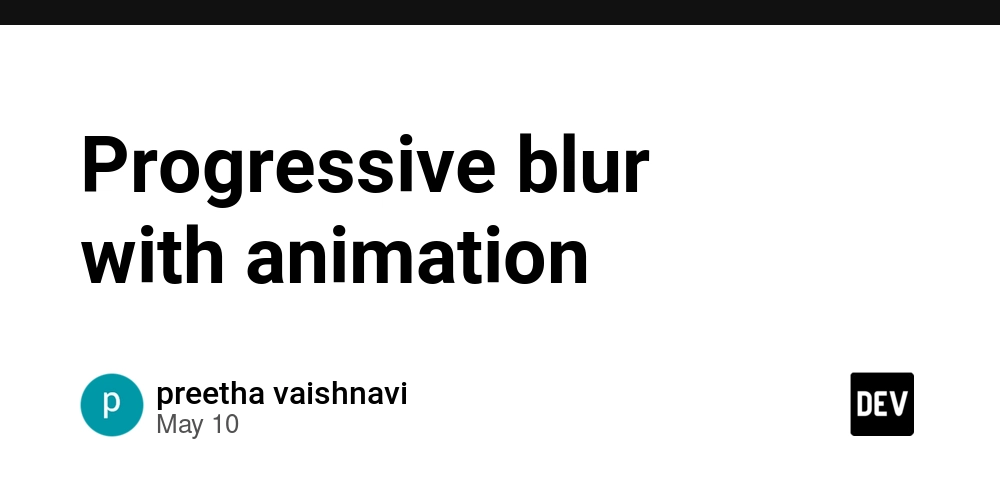

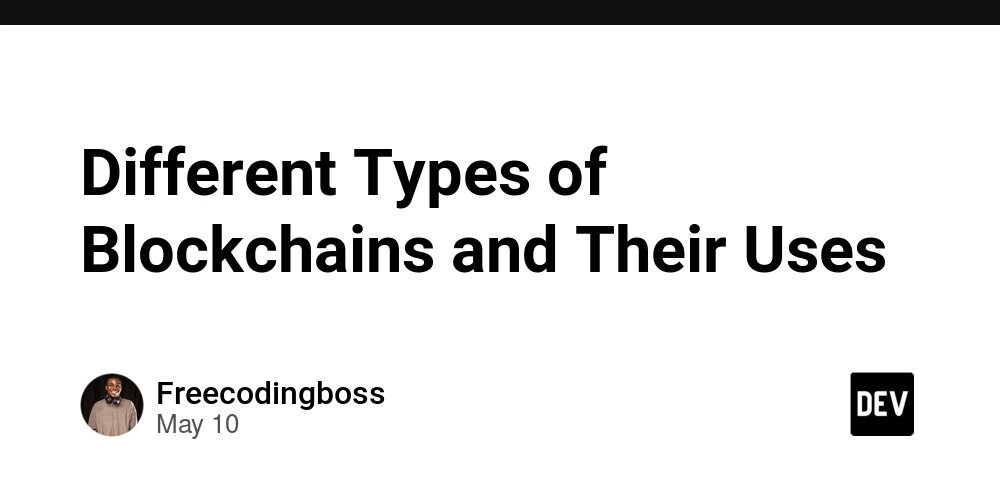















![Ditching a Microsoft Job to Enter Startup Purgatory with Lonewolf Engineer Sam Crombie [Podcast #171]](https://cdn.hashnode.com/res/hashnode/image/upload/v1746753508177/0cd57f66-fdb0-4972-b285-1443a7db39fc.png?#)





























































.jpg?width=1920&height=1920&fit=bounds&quality=70&format=jpg&auto=webp#)





























































































































































-xl.jpg)






























![New iPad 11 (A16) On Sale for Just $277.78! [Lowest Price Ever]](https://www.iclarified.com/images/news/97273/97273/97273-640.jpg)

![Apple Foldable iPhone to Feature New Display Tech, 19% Thinner Panel [Rumor]](https://www.iclarified.com/images/news/97271/97271/97271-640.jpg)
































































































